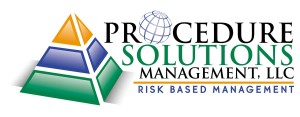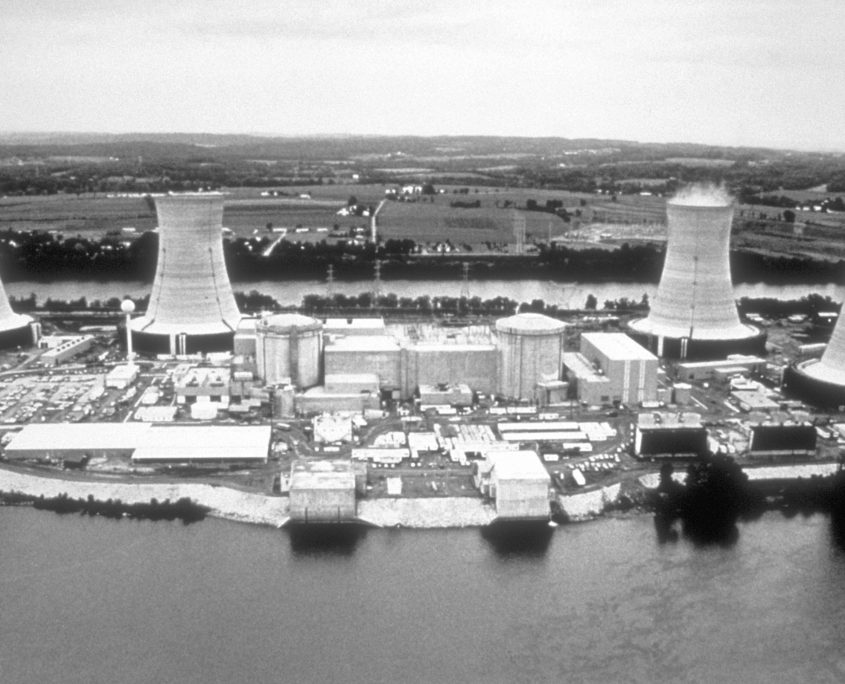Employee Spotlight – Grady Rowe

In this installment of our “Employee Spotlight”, we spoke with Grady Rowe, a contract employee who is currently working as a Nuclear Procedure Writer, supporting one of our major clients on-site in Tennessee.
At PSM, we value people. As staffing consultants, we interact with people all day, every day. And whether it’s with a client, candidate, or contract employee, we value each interaction. So much of our website is dedicated to promoting our services, that we thought it only fitting to showcase our most important resource, our people!
In this installment of our “Employee Spotlight”, we spoke with Grady Rowe, a contract employee who is currently working as a Nuclear Procedure Writer, supporting one of our major clients on-site in Tennessee. Our contract employees are especially important to us and we are honored to have the opportunity to work with such talented individuals. Although Grady is extremely busy, we were able to touch base with him to ask a few questions…
Can you tell us a little bit about your professional background?
U.S. Marines 1969-1973, 1978-1999 – Infantry, Recon Marine, Nuclear Biological Chemical Defense Officer – Retired. Upon retiring from the Marines, I worked various contractor assignments with DOE: Tactics Accessor / Advisor / Evaluator @ KAFB, Albuquerque, NM; Special Response Team (SRT) @ Y-12, Oak Ridge, TN; Superintendent w/demolition & contaminated waste removal @ Y-12; Security Operation Manager @ Fermi Labs, Batavia, ILL. Operations Engineer/Work Planner/Procedure Writer @ Waste Isolation Processing Plant (WIPP), Carlsbad, NM; currently Nuclear Procedure Writer for PSM.
What drew you to PSM originally?
A position back east and getting closer to family. But I must add that after initial contact was made with PSM, the recruiting approach was superior to other companies. Genuinely felt they were reaching out to me. Kind, no non-sense, professionals that know their business and are “people oriented.” – Thanks Missy, Thanks Catherine.
Before working at PSM, what was the most unusual or interesting job you’ve ever had?
Marine Recon – U.S. Marines. Multiple skill sets; tough guy business.
What are 3 words to describe PSM?
PROFESSIONAL, THOROUGH, and QUALITY.
What is the favorite part about working for PSM?
Working with good quality people. Hands down haven’t dealt with anyone that is not a high quality, first-class professional.
What can you tell us about your life outside of the work?
I like to work-out, run, hike, participate in competitive sports, and listen to quality music, whether it be classical, gospel or bluegrass. I am also usually in church on Sundays.
What do you enjoy about working as a contract employee?
There is mobility and it offers new opportunities in different geographic locations. Contract work usually pays more than stationary on-site, in-house work. Additionally, the mobility has similarities to the military lifestyle.
What advice would you give to someone just getting started in a new career?
At all costs to yourself, demonstrate diligence. BE TOTALLY HONEST WITH YOURSELF AND WITH YOUR EMPLOYER. The dividends are priceless.
If you could go anywhere in the world, where would you find yourself?
R&R in HAWAII.
In the past five years, what’s the most important thing you have learned?
Your life is as a tale that is being told. You are writing your own history. Showing kindness and treating all people with dignity (even those that are belligerent) has continuously proven to be profitable.
Last, but not least, here are some FAST FUN FACTS about Grady:
- Favorite Vacation Spot: Hawaii
- Favorite Movie(s): Black Hawk Down, Top Gun, Courageous, & Fireproof
- Favorite Food: Japanese or Italian
- Favorite Sport(s): Football, Baseball, & Triathlons
For more information on the benefits of contract employment, subscribe to our blog using the link to the right of this post. Or, visit Employment Opportunities page for a list of our current job openings.






![A critical step as defined by the Institute of Nuclear Power Operations (INPO) is: “A procedure step, series of steps, or action that, if performed improperly will cause irreversible harm to plant equipment or people or will significantly impact plant operation.”[1]](https://proceduresolutionsmgmt.com/wp-content/uploads/2016/11/powerlines-845x321.jpg)












